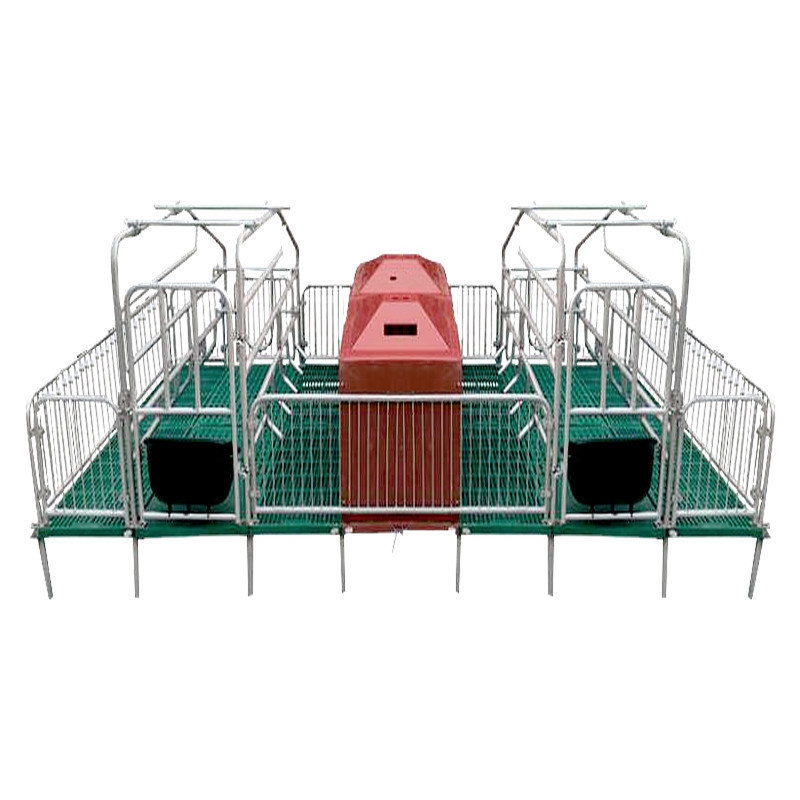vacuum packaging machines
Dec . 21, 2024 14:56 Back to list
vacuum packaging machines
The Importance of Vacuum Packaging Machines in Food Preservation
In today’s fast-paced world, food preservation is a critical concern for both consumers and manufacturers. With increasing demands for convenience, longevity, and food safety, vacuum packaging machines have emerged as indispensable tools within the food industry. This technology not only helps in extending the shelf life of perishable goods but also enhances their quality and reduces waste.
What is Vacuum Packaging?
Vacuum packaging is a method that removes air from a package prior to sealing. By eliminating air, which can engage in oxidation and promote bacterial growth, vacuum packaging significantly slows down the spoilage process. This technique is applicable to various food items including meats, cheeses, fruits, and even dry goods. By preserving the freshness of food, vacuum packaging plays a vital role in reducing food waste, which is a growing concern globally.
How Vacuum Packaging Machines Work
Vacuum packaging machines are equipped with advanced technology to create vacuum-sealed packages. The process typically involves placing the food item in a plastic bag or container. The machine then removes the air and seals the bag tightly. There are two main types of vacuum packaging machines external and chamber.
- External Vacuum Sealers These are compact machines suitable for home use. They work by clamping down on the bag and vacuuming the air out. - Chamber Vacuum Sealers More commonly used in commercial settings, these machines have a chamber that allows for larger quantities of food to be sealed at once. They create a more consistent vacuum because the entire chamber is evacuated of air.
Regardless of the type, the result is a tight seal that protects food from external elements, helping retain its nutritional value and flavor.
Benefits of Vacuum Packaging
1. Extended Shelf Life Vacuum-sealed foods can last significantly longer than those stored in conventional packaging. For example, vacuum-sealed meat can stay fresh for up to three to five times longer than meat stored in regular containers.
vacuum packaging machines

2. Preservation of Food Quality Food preserved through vacuum packaging retains its texture, quality, and flavor. This is particularly vital for gourmet items, where taste and presentation matter.
3. Space Efficiency Vacuum packaging reduces the volume of food items, making them easier to store in the refrigerator or freezer. It also allows for better organization and maximizes available storage space.
4. Reduced Food Waste With a longer shelf life, the likelihood of food spoiling before consumption decreases, leading to less waste. This is critical in homes, as well as for restaurants and food manufacturers aiming to minimize costs.
5. Enhanced Flavor and Marination Vacuum sealing not only preserves food but can also intensify flavors and facilitate marination. The absence of air allows marinades to penetrate the food more thoroughly, resulting in tastier dishes.
6. Food Safety Vacuum packaging reduces the chances of contamination and provides an additional barrier against pests and pathogens, contributing to enhanced food safety.
Applications Beyond Food
While vacuum packaging machines are primarily associated with food preservation, their applications extend beyond the culinary world. These machines are also utilized in the packaging of medical supplies, electronics, and various industrial products, where moisture, air, and contamination must be tightly controlled.
Conclusion
As the global population continues to grow and the demand for fresh, accessible food increases, vacuum packaging machines stand out as a practical solution for food preservation. By extending shelf life, enhancing food quality, and reducing waste, these machines not only serve the needs of consumers but also align with sustainable practices in food supply chains. As technology continues to evolve, we can expect further innovations in vacuum packaging that will further enhance our food preservation capabilities and overall food safety.
-
Hot Sale 24 & 18 Door Rabbit Cages - Premium Breeding Solutions
NewsJul.25,2025
-
Automatic Feeding Line System Pan Feeder Nipple Drinker - Anping County Yize Metal Products Co., Ltd.
NewsJul.21,2025
-
Automatic Feeding Line System Pan Feeder Nipple Drinker - Anping County Yize Metal Products Co., Ltd.
NewsJul.21,2025
-
Automatic Feeding Line System - Anping Yize | Precision & Nipple
NewsJul.21,2025
-
Automatic Feeding Line System - Anping Yize | Precision & Nipple
NewsJul.21,2025
-
Automatic Feeding Line System-Anping County Yize Metal Products Co., Ltd.|Efficient Feed Distribution&Customized Animal Farming Solutions
NewsJul.21,2025






